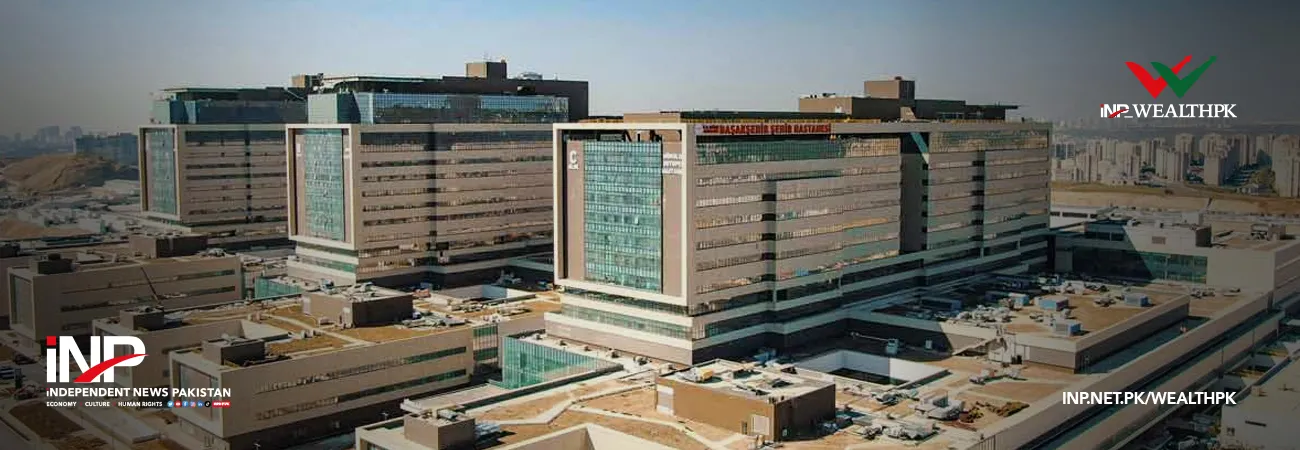By Muhammad Mudassar
ISLAMABAD, June 10 (INP-WealthPK): The gas sector is in a precarious position, as circular debt has reached Rs1,500 billion, according to a Ministry of Energy and Power Division report available with WealthPK.
The core reasons for the accumulation of circular debt are the lower price of gas for consumers, line losses and unaccounted-for gas (UFG).
To minimize circular debt, the government recently decided to increase gas prices by 45 percent for the next FY 2022-23. The increase in gas prices will bring more revenue to the government coffers but it will further burden the people due to massive inflation.
The government has approved the priority order, with the domestic and commercial sectors getting the top priority. The second priority is the power sector zero-rated industry and fertilizer, the third is industrial and captive power (industry), the fourth is cement including its captive power, and the fifth is the CNG sector.
According to the Sui Southern Gas Company (SSGC), around 90 percent of consumers are getting gas at a price lower than the cost. Different sectors are consuming natural gas and liquified natural gas (LNG). LNG is usually used by the power sector, while natural gas is usually consumed by the household sector and industries.
The household sector is a major beneficiary of natural gas. Owing to the lower prices, people use natural gas blindly due to which the resources are depleting apace.
The commercial sector and ice factories are paying Rs1,283 per MMBTU and general industries Rs1,054 per MMBTU. The government facilitated the export-oriented industries by supplying gas at Rs819 per MMBTU to minimize the input cost and make products competitive in the international market. These prices are for FY 2021-22.
| Sectors |
Rs per MMBTU |
| Commercial |
1,283 |
| Ice factories |
1,283 |
| General Industries |
1,054 |
| Export Oriented (General Industries) |
819 |
| Export Oriented (Captive) |
852 |
| Captive Power (General Industries) |
1,087 |
| CNG Region-1 |
1,371 |
| CNG Region-2 |
1,350 |
| Cement |
1,277 |
In the household sector, those who used up to 0.5 cubic hectometers (H
3) paid Rs121 per MMBTU. The cost per MMBTU increases as gas consumption increases. The household consumers using above 4 H
3 gas are paying Rs1,460 per MMBTU.
Most households use a relatively small amount of gas at home, so the cost for domestic consumers is significantly lower than for other sectors. Around 45 percent of total line losses are associated with the domestic sector, the Ministry of Energy and Power Division revealed in the standing committee meeting. On the other hand, the special commercial sector is paying less than the domestic households.
| The consumer price of gas for different sectors |
| Domestic |
Special Commercial (roti Tandoor) |
| Quantity |
Rs per MMBTU |
Quantity |
Rs per MMBTU |
| up to 0.5 hm3 per month |
121 |
up to 0.5 hm3 per month |
110 |
| up to 1 hm3 per month |
300 |
up to 1 hm3 per month |
110 |
| up to 2 hm3 per month |
553 |
up to 2 hm3 per month |
220 |
| up to 3 hm3 per month |
738 |
up to 3 hm3 per month |
220 |
| up to 4 hm3 per month |
1107 |
Above 3 hm3 per month |
700 |
| Above 4 hm3 per month |
1460 |
|
|
After the recent increase in gas prices by 45 percent, the government did not clarify sector-specific increases in gas prices because the hike in gas prices will be implemented next month (from the new fiscal year).
The government should increase gas prices but it should also incentivize the export-oriented industries because they assist in minimizing the current account deficit (CAD) and strengthening the currency. Being a major importer country, Pakistan needs a state-of-the-art export mechanism.
To minimize the burden of inflation on the poor people, the government must give a targeted subsidy on gas.













